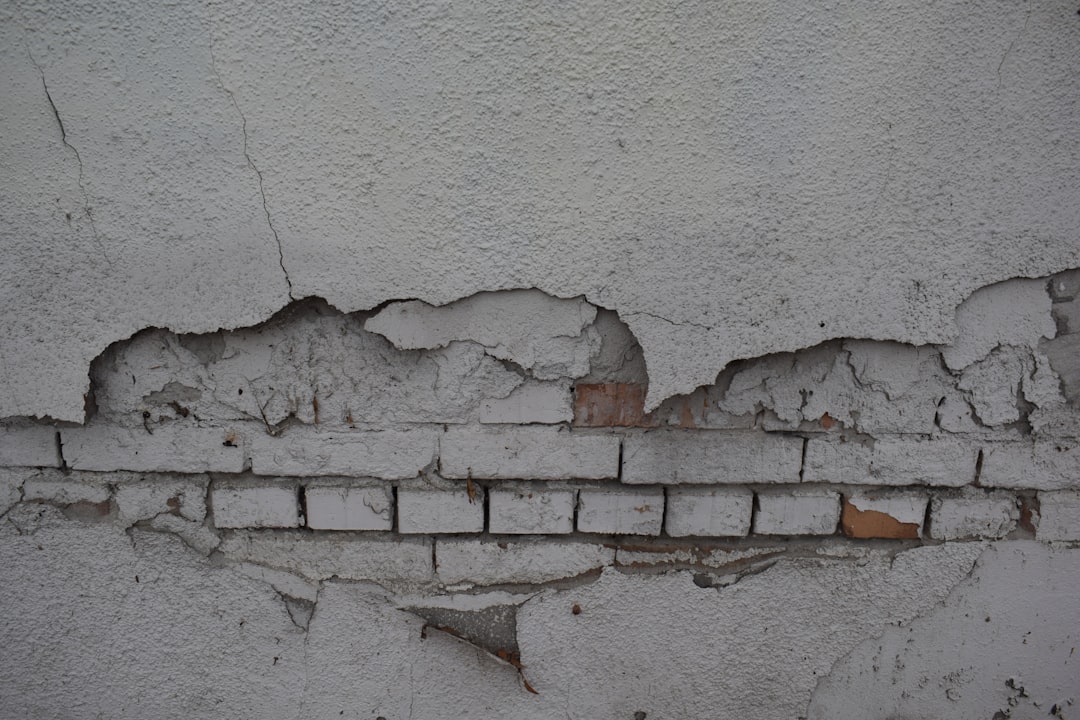
Opening up spaces in residential construction often begins with wall demolition. For professionals, understanding the costs involved is crucial. Current estimates for 2025 show that non-load-bearing drywall partitions cost between $8 – $12 per square foot, while load-bearing walls with beam installation range from $18 – $25 per square foot. Brick or block wall removal can cost $25 – $40 per square foot. These figures include labor, debris removal, and basic patching but exclude structural beams and finish carpentry.
• Load-bearing walls require temporary supports and structural engineering.
• Non-load-bearing walls involve simpler removal processes.
• Standard drywall is less costly to demolish than plaster or concrete block.
• Taller walls increase debris volume and labor hours.
• Relocating plumbing, HVAC, and electrical systems adds to costs.
• Accurate estimates require current trade labor rates.
• Tight spaces and multi-story access affect setup time.
• On-site assessments help adjust estimates quickly.
• Permits and safe disposal proof are often required.
• Dump fees are calculated by weight, affecting overall costs.
Typical 2025 price brackets include:
• Non-load-bearing drywall partition: $8 – $12 per square foot
• Load-bearing stud wall with beam install: $18 – $25 per square foot
• Brick or block wall removal: $25 – $40 per square foot
• Asbestos or lead abatement in older buildings
• Upgraded electrical panels
• Floor refinishing costs
• Engineering letters for compliance
1. Open a project in your estimating software.
2. Input room dimensions for takeoff measurements.
3. Identify wall types and note any MEP services.
4. Receive a detailed estimate with labor, debris, and permit costs.
5. Generate a quote or export to accounting software.
• Salvage existing materials when possible.
• Schedule demolition and beam installation together.
• Combine multiple removals in one permit.
• Utilize off-peak dump hours for savings.
• Remove baseboards and plates to save time.
• Use reusable materials for site protection.
• Document utilities for future reference.
• Rent air scrubbers to reduce cleaning costs.
• Keep inspection reports for compliance.
• Speeds up project assessments.
• Updates labor rates regularly.
• Provides transparent audit trails.
• Enhances client trust and project success.
For a detailed financial roadmap, visit CountBricks.com to explore our services and tools.

A Los Angeles project involved removing two non-load-bearing partitions to improve sightlines and space. The cost breakdown included $10.20 per sq ft for drywall removal, $1,450 for utility relocation, $540 for permits, and $285 for debris haul-off, totaling $6,185.
1. Quick on-site assessments.
2. Integrated cost updates.
3. Real-time collaboration with trades.
• Walls removed and utilities rerouted efficiently.
• Increased living space by 178 sq ft.
• Final costs matched estimates closely.
• Engage engineers for structural assessments.
• Schedule work during lead times for efficiency.
• Use blueprint uploads to identify conflicts early.
Visit CountBricks.com to explore our solutions and connect with specialists.